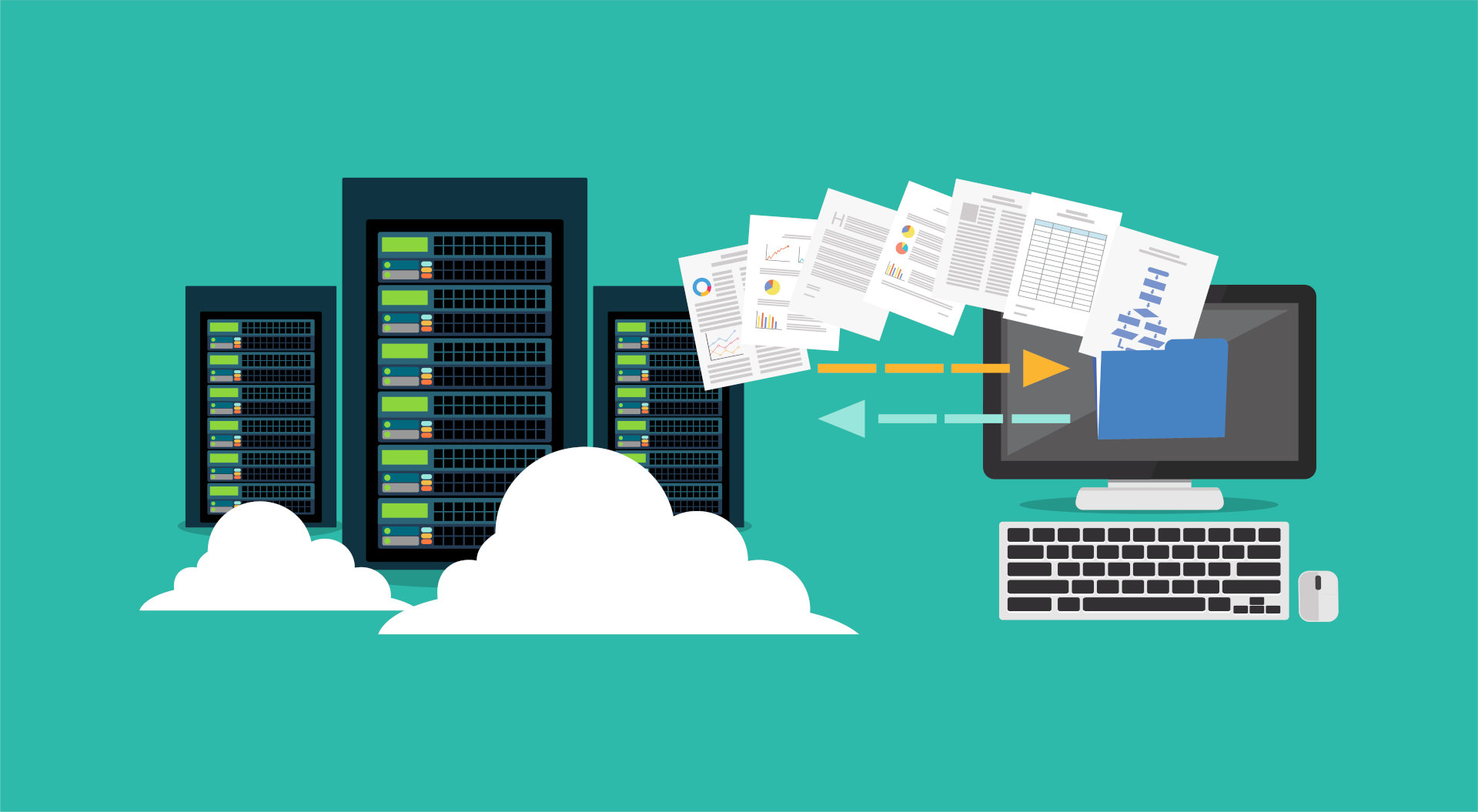Cloud Hosting
Why businesses migrate to the cloud | Storm Internet

In a recent Gartner report, 58% of technology leaders cited in-house skills shortages as one of the biggest challenges to cloud adoption and optimisation. As a result, many turn to managed service providers (MSPs) to help fill tech gaps and lighten the load on internal teams.
The same is more or less true for SMEs. Over the years we’ve noticed that SMEs typically move to the cloud for three main reasons: uptime and service availability (continuity), security, and disaster recovery.
Uptime and service availability
Think websites, development servers, virtual desktops, apps, and so on – whether hosted onprem or in the cloud, a physical machine is required to host these services. In-house infrastructure management and maintenance requires capital expenditure as well as time and technical know-how. Once that’s taken care of, the software services themselves – the software that enables email, virtual desktops, web servers, and so on – require constant monitoring. And when things go wrong, troubleshooting.
Many businesses would rather refocus the skills, time, and money spent on infrastructure management and maintenance on objectives directly related to business growth. Hosting these services in the cloud means that the host will take care of hardware maintenance, and foot the bill when a drive breaks, memory goes bad, or a server needs to be upgraded. Cloud service providers will typically have entire teams supported by cutting edge technology to keep all systems online.
Security
The frequency of ransomware attacks rose 62% between 2019 and 2020. Distributed Denial of Service (DDoS) attacks increased by 55% between January 2020 and March 2021. News of new and novel ways attackers are trying to get their hands on your valuables – whether cash or information – are becoming the norm. And if you really want to get a glimpse of how frequently your sites or services are being targeted, you can either install security logging software such as Wordfence for WordPress, or keep an eye on your sites authentication logs (for which you’ll need shell access and the appropriate permissions on your server).
Cloud service providers that offer managed security as part of their hosting packages tend to have robust security measures in place out of the box, which provides customers with a number of benefits:
- Dedicated security expertise
- Continuous 24/7 proactive monitoring and surveillance
- Expensive security technologies are already active and maintained
- Multiple layers of security (e.g. hardware, software, and via the CDN)
- GDPR and ICO compliance
In the event of a breach, cloud service providers provide an added benefit, which is that they can help you recover lightning fast to help reduce data loss. Those worth their salt will also help you determine how your site or server was compromised, and will also help you deal with any GDPR-related fallout.
Backups
We’ve previously written about Pixar’s ‘billion dollar delete button’, which contains a few interesting facts which I’ll summarise below:
- 90% of businesses backup their important information
- But 42% of them have experienced downtime due to data loss
- Only 41% of surveyed businesses backup critical information daily
If your site or server suddenly disappeared and you only had to rely on your backups, how much information would you lose? Few businesses can afford to lose significant amounts of data. But the problem is that backing up that data can be a tedious process involving the identification of data sets that need to be backed up more frequently than others, backup verification, troubleshooting where verification fails, encryption, and storage. As mentioned previously, businesses prefer focusing resources on objectives directly related to growth, which is why so many businesses invest in fully-managed disaster recovery to help carry that load.
Other reasons
In our experience service availability, security, and disaster recovery are among the most common motivations for a move to the cloud. But there are a few other reasons why businesses are making the gravity-defying leap.
Infrastructure scalability
Scaling in-house infrastructure can be a complicated process that invariably requires additional IT spend on equipment. With cloud hosting servers can be created or destroyed in seconds, and more compute resources (e.g. storage, processing power, and memory) can be added in a few clicks.
Additionally, immutable infrastructure is more easily achieved in the cloud. This refers to predictable, repeatable builds and deployments that provide a degree of immunity against configuration drift.
Data modernisation
Data modernisation means moving data from legacy databases to modern databases. The key motivator here is the potential for analytics and intelligence on existing data. Existing cloud-based tools for data mining, exploration, and prediction deliver the information executives require to make accurate business-critical decisions.
Sustainability
For organisations that have sustainability goals, migrating to the cloud is a big step forward – the power required for computing is carried by someone else that typically has more energy-efficient data centres. Just to give you an idea about the efficiency of big data centres: while the computing output of big data centres rose sixfold between 2010 and 2018, their energy consumption only rose 6%. The reason for this is that data centres are incredibly efficient, with many moving to renewable energy sources to achieve carbon neutrality.
Speak with a Storm Expert
Please leave us your details and we'll be in touch shortly
A Trusted Partner








